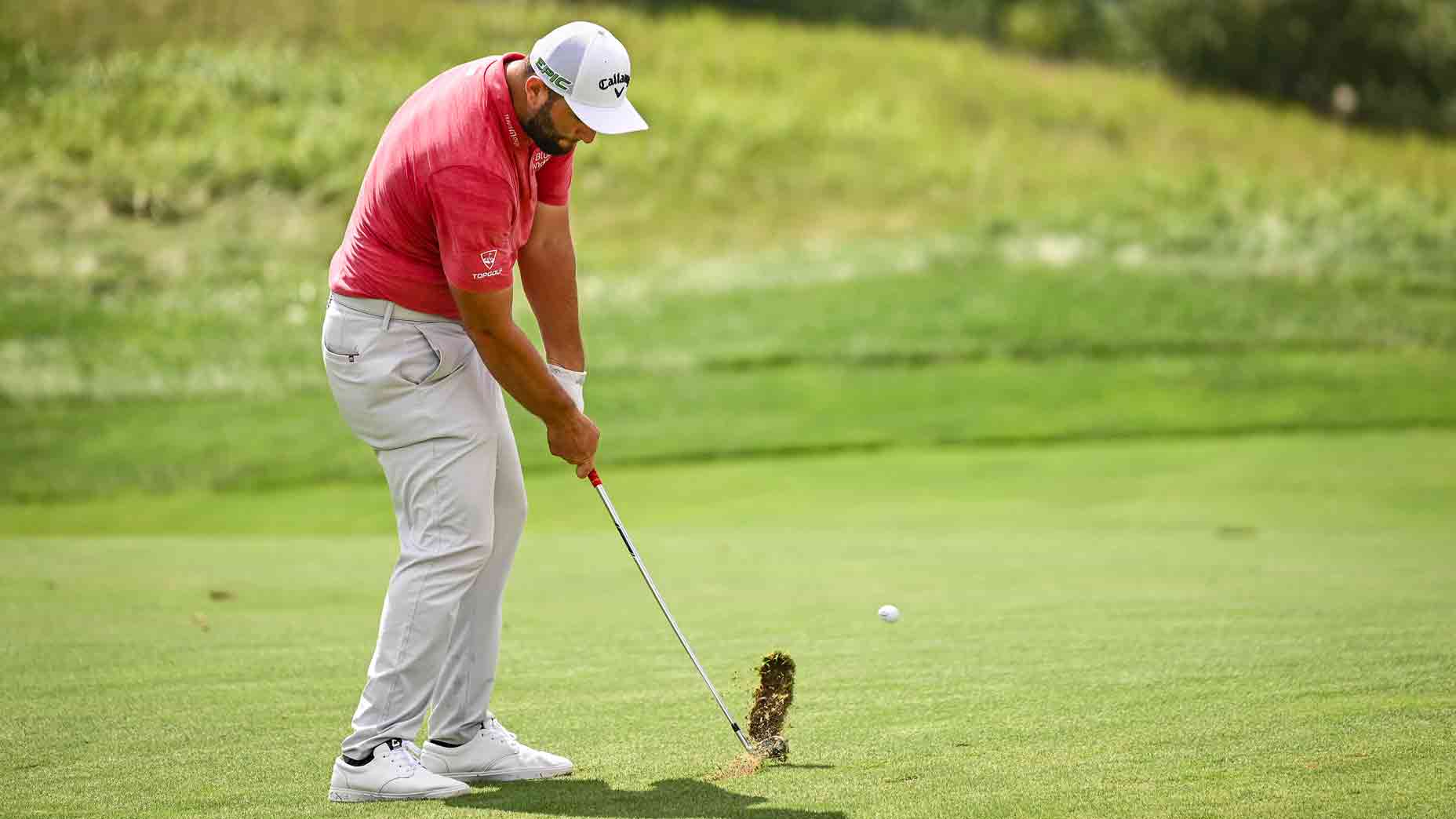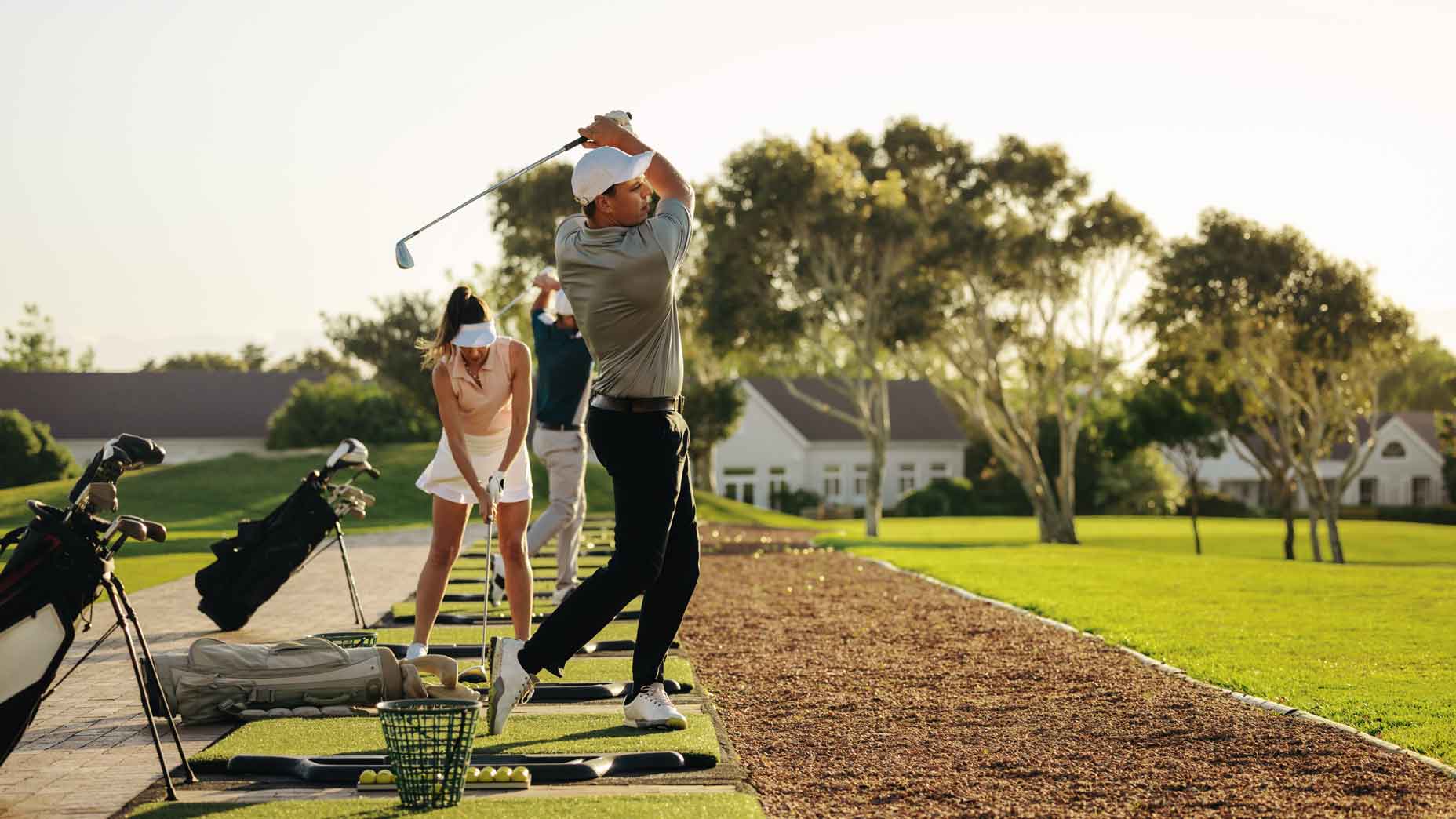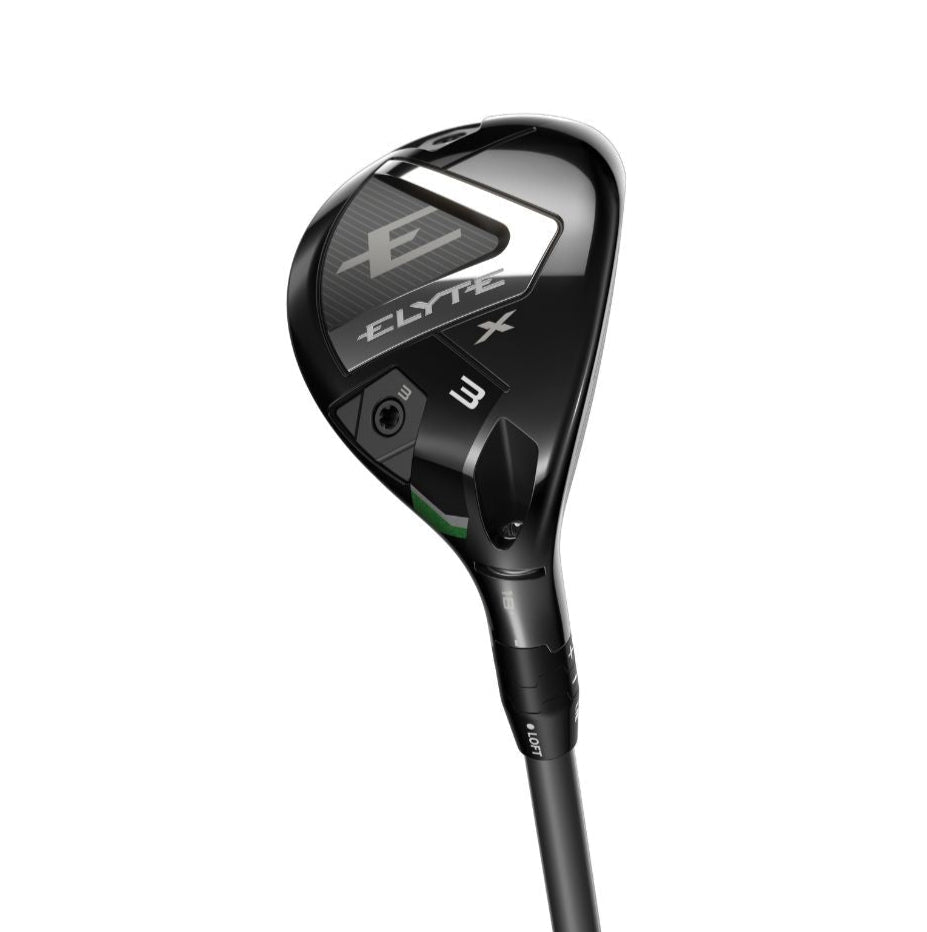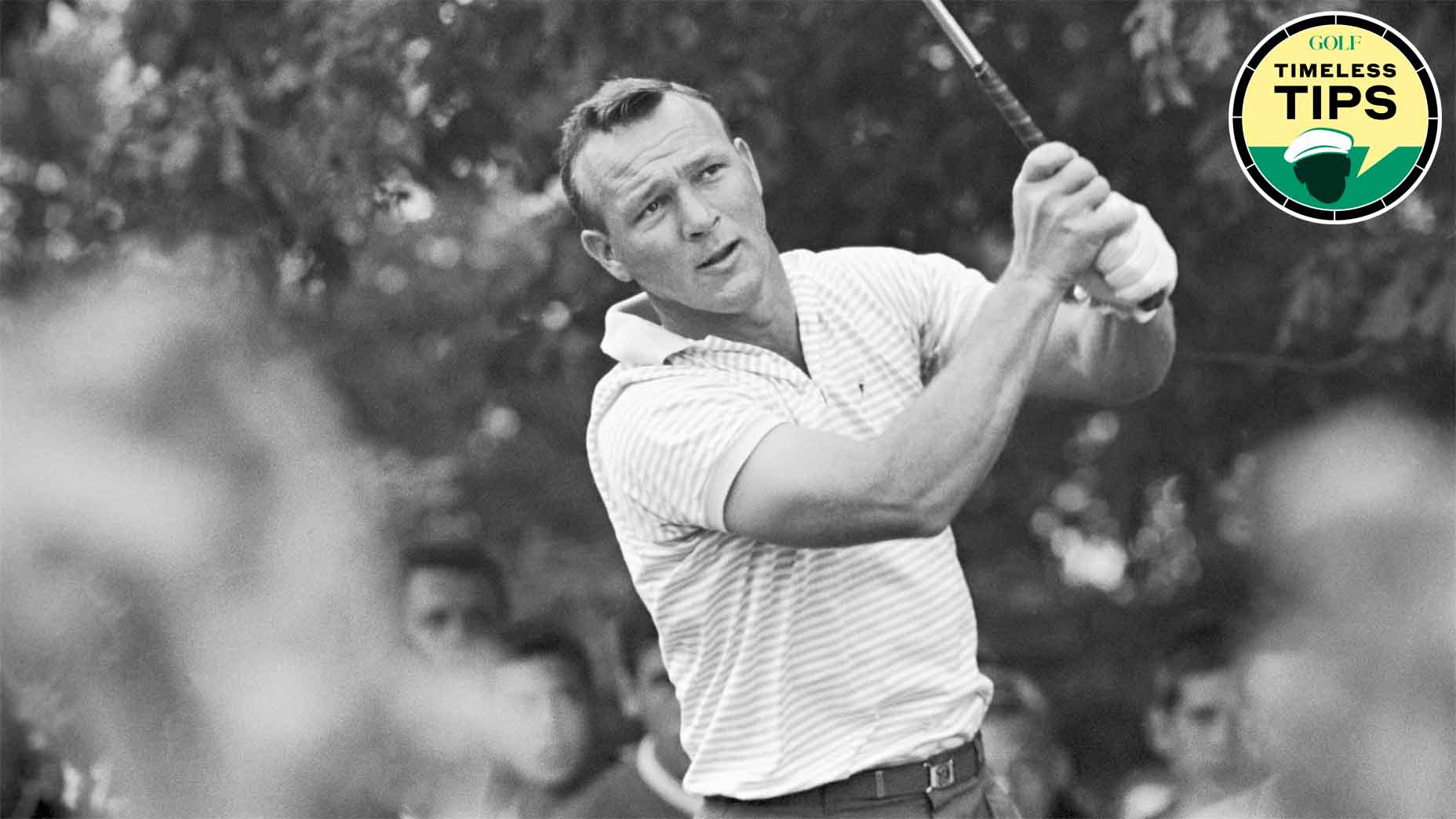Golf instruction is ever-evolving, but the best advice stands the test of time. In GOLF.com’s new series, Timeless Tips, we’re highlighting some of the greatest advice teachers and players have dispensed in the pages of GOLF Magazine. Today we look back at our August 1969 issue for some tips on long-iron mastery from Arnold Palmer.
Hitting long irons consistently solid is one of the trickiest things for recreational golfers to learn. When the number on the club says “4” or lower, pure shots for weekend warriors are few and far between.
If you’re someone who can’t seem to make solid contact with your long irons, worry not — you are not alone. If long irons were easy to hit, hybrids wouldn’t exist! However, if you want to become a true ball-striking maestro, you’re going to have to learn how to hit your long irons pure.
Back in 1969 (long before the advent of hybrids), Arnold Palmer joined GOLF Magazine to impart his advice on this topic with our readers. Check it out below.
Palmer’s long-iron advice
Most golfers become easily depressed when they consistently fail to get off a good shot with the long irons. And I suppose that watching me tear a ball out of a tough lie with a two-iron may depress them further! They figure they might just as well leave their long irons at home, for all the good they do.
Well, it just doesn’t have to be that bad. The long irons have little loft, it’s true, but even the one-iron has just as much loft as the average three wood. And the two and three-irons have proportionately more. Also, the long irons are much shorter sticks than the woods, so that they ought to be easier — not more difficult — to control.
Most golfers frighten themselves to death over a long iron shot before they even start. Maybe they’ve hit a poor tee shot and feel they have to make up distance with their long iron. At any rate, they’re really going to bust this one! The result — one or more of these disastrous faults:
1. They rush their backswing, fail to complete their pivot, and get a weak, early hit with all their power dissipated well before impact.
2. They try to take a superhuman turn, which results in lost balance and probably lost timing.
3. They loosen their grip at the top of the swing, which means they have to re-grip on the downswing — an unnecessary and dangerous movement which often throws the clubhead off line.
The way you should play a long iron is just the reverse. Your grip must be firm, your stance secure, and your swing the same as usual.
Setup
I can’t overemphasize the importance of a good grip. Probably the most important single element in hitting a long iron comes from a grip that remains firm from start to finish. Occasionally, you might get away with looseness on the woods or short irons. You cannot, however, expect to hit the long irons successfully unless you hold on to that grip.

An easy way to compress the ball and hit your irons longer
By:
Zephyr Melton
The stance for the long irons should not be too wide — otherwise you will restrict the full turn of the body so necessary to develop maximum power. I place my feet about shoulder width apart and have them in a square position, parallel to the line of flight. I stand up to the ball in a comfortable position but prepared to turn easily and smoothly.
I position the ball slightly more toward the middle of my stance than for my wood shots. On the woods, you want to hit the ball near the bottom of the arc. With the irons, you must strike the ball with a downward blow, with the bottom of the arc being somewhat ahead of the ball in your divot. But my swing remains much the same for both woods and irons.
Backswing
Getting the right start is half the battle. The hands begin the action, taking the clubhead straight back from the ball for about 12 inches. Keep your wrists firm, as early breaking of the wrists is apt to impair the smoothness of the backswing, causing the head to move. On the other hand, the one-piece backswing — with the body following the lead of the hands — will keep the head in place. There should be “no breaking of the wrists until the hands pass the right hip.”
A lot of people ask me, “How far should I take the club back?” This is a difficult question, because it varies from individual to individual. When any further movement back causes you to loosen your grip, bend your left arm, or lose your balance, that’s as far back as you should go. Every player has to find out that critical point for himself.
Downswing
Coming back to the ball, I have a definite feeling of pulling the club down with my left hand. At the same time, there is a distinct weight shift to the left side. You should be able to feel the weight shifting to the left side before you start thinking of hitting the ball. This will prevent the quick uncocking of the wrists known as “hitting from the top.” If you execute this vital first movement of the downswing correctly, then by all means, let the clubhead fly. Pulling down with the left hand sets you up properly so that you can apply the power in the right hand at the right time — as you enter: the hitting area.

5 keys for flushing your long irons
By:
Kellie Stenzel, Top 100 Teacher
One of the things I think of during my swing is, “hitting under the chin.” I turn the left shoulder under the chin on the backswing. Coming through the ball, I concentrate on moving the right shoulder under the chin. I don’t allow my head to move until it is pulled up by the follow through. I like to feel that I’m keeping the right side under through the shot. So much has this become a part of my life, that I still have a high left shoulder and a low right shoulder when I take my wife out dancing!
Shaping a long iron
Not every shot I hit with the long irons is a simple straightforward full swing. Sometimes you are stymied by a tree from hitting directly at the green. This calls for hitting an intentional hook or slice.
First, let me advise you not to play these shots unless you are a low handicap golfer. It’s far better to chip out onto the fairway and sacrifice one stroke than run the risk of getting into deeper trouble. But if you have a good, repeating swing, these shots should be in your bag.
For the intentional slice, open your stance and swing from outside-in. Start the club off outside the line and bring it back to the ball in the same plane, hitting as hard as possible with the left hand. For a hook, do the reverse. Close your stance and start the clubhead back inside the line. In the hitting area, allow your right hand to dominate this shot. I don’t believe in changing the grip, because you may start using a “hook” or “slice” grip when you want a straight shot.
If you can’t go around the trouble, what about over or under? To play a low shot, I play the ball back in my stance and keep my hands in front of the clubhead throughout the swing. Make an extra effort to swing smoothly on this one, as the tendency is to jerk the shot and get only half the ball. Attempt to stay on your left side throughout the swing.
Sometimes, you can’t take a full shot in these circumstances. You have to go under the trees, but the green is only 150-170 yards away. Obviously, a full, low three-iron will carry over the green. What you do is choke down a few inches on the grip, take a half-swing, and hit firmly into the ball with a “punching” action, restricting your follow through. This will produce a low trajectory and the desired distance.
In this situation, the distance can be governed by the length of your backswing and by the amount you choke the grip. As you become more skillful in controlling the club, you will be able at will to vary the length of the shot.

Callaway Elyte X Custom Hybrid
Semi-Draw Flight & Maximum Forgiveness
The Elyte X model is best suited for golfers looking for a semi-draw flight in an oversized profile.
This model features a taller face for more forgiveness and pairs perfectly with the Elyte X irons.
Our Most Adjustable Hybrid
With more adjustability in the new OptiFit 4 hosel system, the Elyte hybrids are Callaway’s most adjustable hybrids ever.
In addition to the hosel adjustability, the Elyte hybrid features heel and toe weights that can be swapped to toggle between a neutral and draw ball flight.
Ai Advancements for Optimal Distance, Control, and Launch
Our most advanced Ai face to date, the new Ai10x Face delivers 10x more control points than the Ai Smart Face.
With more precise Ai, the Ai10x Face produces exceptionally fast ball speeds, tight dispersion, and optimized launch across the face.
View Product

Zephyr Melton
Zephyr Melton is an assistant editor for GOLF.com where he spends his days blogging, producing and editing. Prior to joining the team at GOLF, he attended the University of Texas followed by stops with the Texas Golf Association, Team USA, the Green Bay Packers and the PGA Tour. He assists on all things instruction and covers amateur and women’s golf. He can be reached at zephyr_melton@golf.com.







